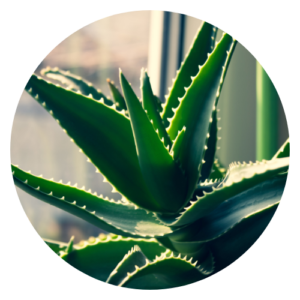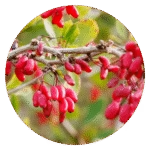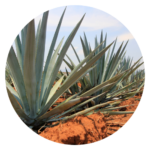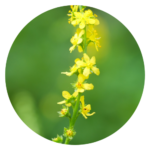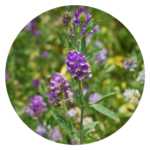Aloe vera | Aloe barbadensis miller
Aloe vera is a soothing, healing herb used for skin repair, digestive relief, and immune support. Its gel calms inflammation, promotes wound healing, and protects mucous membranes, while its latex offers potent laxative effects for occasional constipation.

